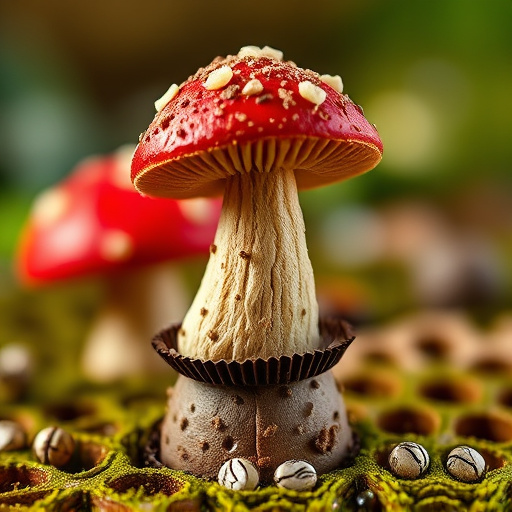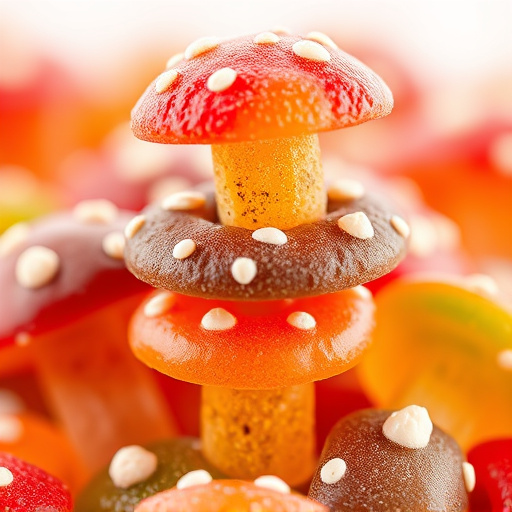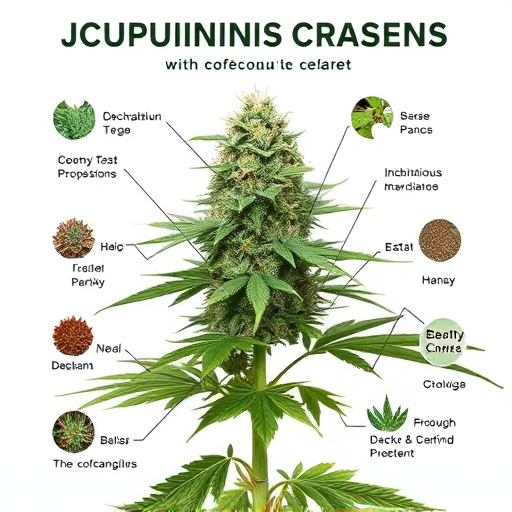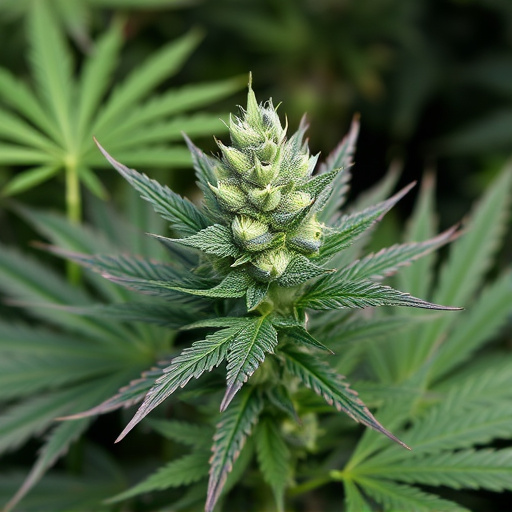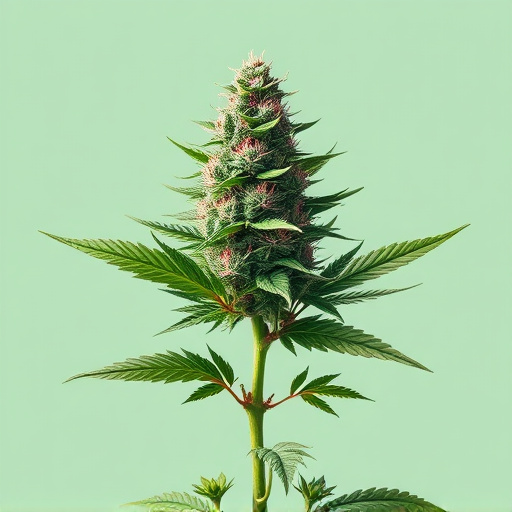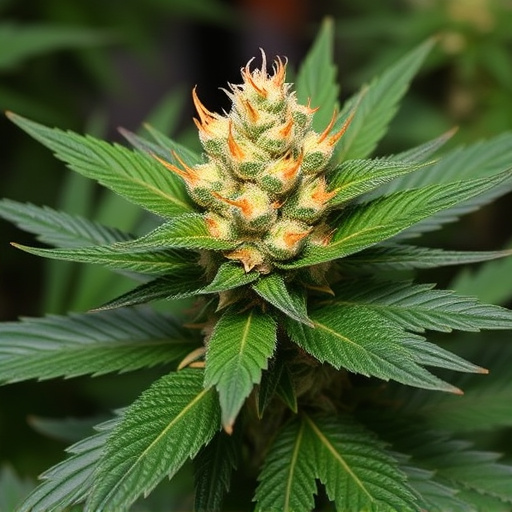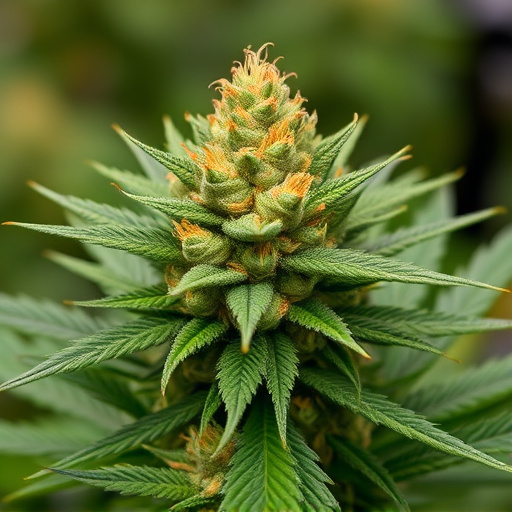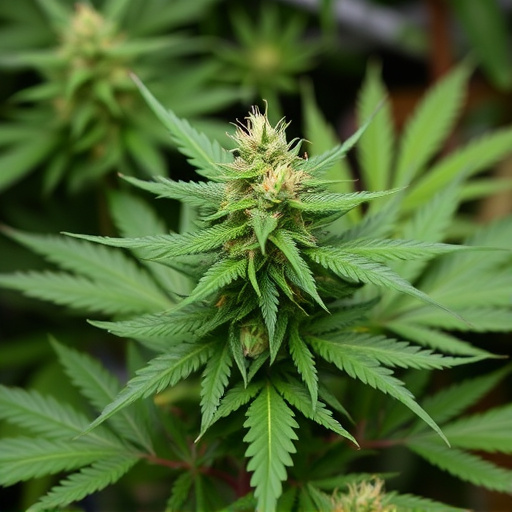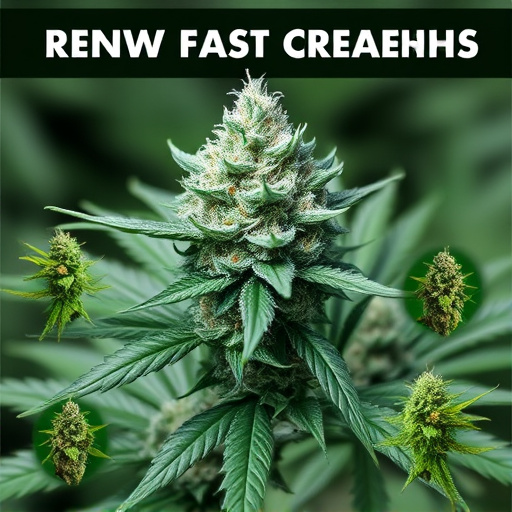Sun-Grown Cannabis excels in quality and potency due to longer growing seasons and natural sunlight, resulting in higher THC levels and complex flavors, but is vulnerable to weather and seasonal variations. Indoor cultivation offers year-round consistency, precise climate control, and the ability to create tailored new cannabis strains with specific characteristics, though it requires significant upfront investment. Both methods have their advantages and challenges in ensuring a steady supply of distinctive new cannabis strains for consumers.
In the thriving cannabis industry, understanding cultivation methods is key. This article explores the pros and cons of sun-grown versus indoor cannabis, offering a comprehensive look at two distinct approaches. From the benefits of natural sunlight to the control of indoor environments, each method presents unique advantages and drawbacks. Additionally, we delve into the exciting world of new cannabis strains, providing insights into how cultivation techniques shape their unique attributes.
- Sun-Grown Cannabis: Benefits and Drawbacks
- Indoor Cultivation: Advantages and Disadvantages
- Comparing New Cannabis Strains: A Comprehensive Look
Sun-Grown Cannabis: Benefits and Drawbacks
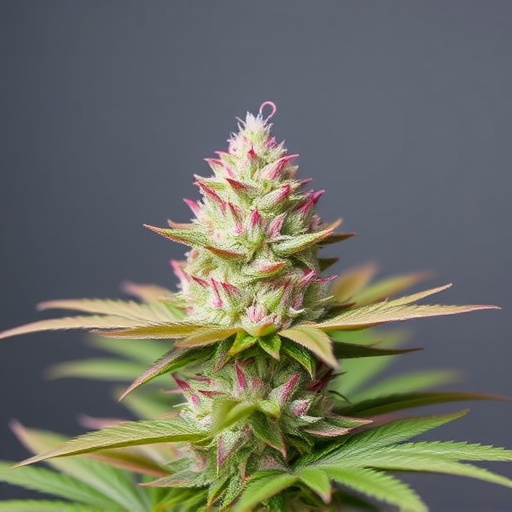
Sun-Grown Cannabis offers a unique set of advantages and disadvantages compared to its indoor cultivated counterparts. One of its key benefits is the potential for superior quality and potency, as outdoor plants often have longer growing seasons and access to more natural sunlight, leading to increased cannabinoid production. This can result in cannabis with higher THC levels and a fuller, more complex flavor profile, appealing to connoisseurs seeking new cannabis strains with distinctive characteristics.
However, sun-grown cannabis also faces several drawbacks. Outdoor cultivation is heavily dependent on weather conditions, making it susceptible to unpredictable climate changes. Extreme temperatures, pests, and diseases can significantly impact the harvest, leading to potential losses for farmers. Moreover, securing a consistent supply year-round may be challenging due to seasonal variations in growth, unlike indoor cultivation that allows for controlled and continuous production.
Indoor Cultivation: Advantages and Disadvantages
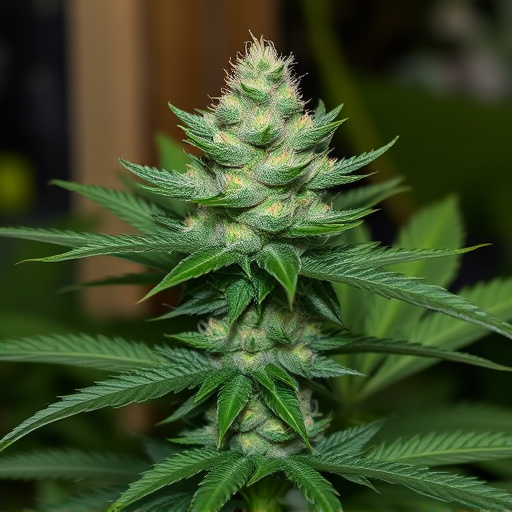
Indoor cultivation offers a controlled environment for growing cannabis, which presents several advantages. For one, it allows growers to cultivate new cannabis strains year-round, regardless of external weather conditions or seasonal limitations. This consistent supply ensures a steady market for both producers and consumers. Moreover, indoor setups can be tailored to the specific needs of different strains, optimizing their growth potential through precise climate control, lighting adjustments, and nutrient management.
However, there are also disadvantages to consider. The main drawback is cost; setting up and maintaining an indoor cultivation facility requires significant investment in equipment, such as advanced lighting systems, HVAC units, and security measures. Additionally, energy consumption can be high, making it a financial consideration for long-term sustainability. Lastly, while indoor cannabis offers benefits like protection from pests and diseases, the lack of natural sunlight might impact the overall terpene profile and potency of the final product.
Comparing New Cannabis Strains: A Comprehensive Look
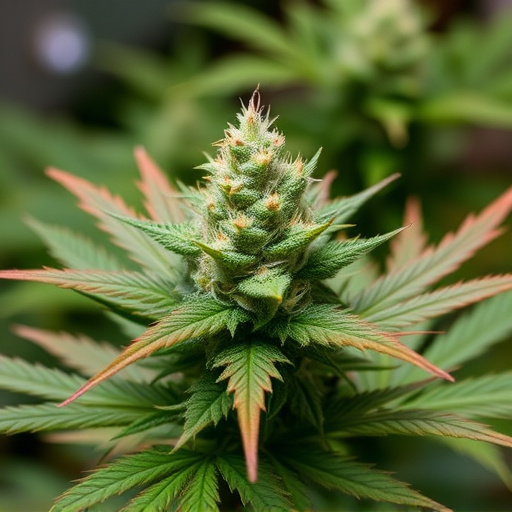
When comparing sun-grown and indoor cannabis, one crucial aspect is examining the latest new cannabis strains that each method produces. Sun-grown plants tend to develop a stronger connection with their environment, often resulting in unique terpene profiles and distinct flavors. This natural exposure to sunlight can lead to more diverse and potent compounds, making sun-grown cannabis appealing to those seeking specific effects or rare aromatic experiences.
On the other hand, indoor cultivation allows for precise control over environmental factors like temperature, humidity, and light spectrum. Growers can select specific lighting types and timelines to foster unique new cannabis strains with tailored characteristics. This controlled approach enables the development of high-CBD varieties, medicinal strains with specific terpene combinations, or even novel hybrid blends catering to diverse consumer preferences.
In the ever-evolving cannabis landscape, understanding the pros and cons of sun-grown versus indoor cultivation is essential for both cultivators and consumers. While sun-grown cannabis offers benefits like robust flavors and aromas due to natural sunlight exposure, it faces challenges such as unpredictable weather conditions and limited control over environmental factors. On the other hand, indoor cultivation provides consistent environments, allowing for precise control over growing conditions, but may result in slightly altered terpene profiles compared to their sun-grown counterparts. Exploring new cannabis strains that leverage both methods ensures consumers access a diverse range of products with unique characteristics. Ultimately, whether sun-grown or indoor, the quality and potency of cannabis rely on skilled cultivation practices and an understanding of each strain’s specific needs.

